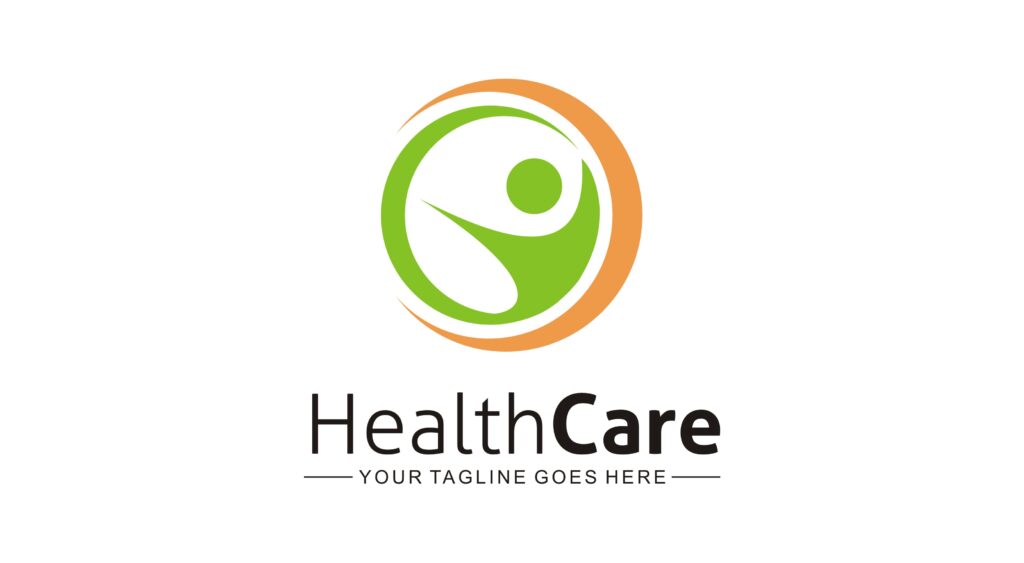Eye Care Savings: Using Your Vision Insurance Wisely to Maximize Your Benefits and Savings
Introduction
Vision insurance is a valuable asset that can help you maintain your eye health and save money on essential eye care services. However, many individuals must know their vision insurance plans’ benefits and potential cost-saving strategies. This comprehensive guide will explore how you can make the most of your vision insurance by using it wisely. By the end of this article, you’ll clearly understand how to navigate your vision insurance, choose the right providers, and make informed decisions about your eye care needs while maximizing your savings. Eye Care Savings: Using Your Vision Insurance Wisely to Maximize Your Benefits and Savings.
Understanding Your Vision Insurance
- Coverage Types:
- Vision insurance covers various eye care services, including eye exams, prescription glasses, contact lenses, and corrective surgery like LASIK.
- Familiarize yourself with your policy to understand the specific services and items covered.
- In-Network vs. Out-of-Network Providers:
- Most vision insurance plans have a network of preferred providers. Visiting in-network providers can significantly reduce your out-of-pocket expenses.
- Learn how to find in-network eye care professionals in your area.
Maximizing Your Eye Exam Benefits
- Scheduling Regular Eye Exams:
- Regular eye exams are crucial for maintaining good eye health. Your vision insurance may cover annual or biannual eye exams.
- Understand the importance of routine eye exams in preventing and detecting eye conditions.
- Co-Payments and Deductibles:
- Learn how co-payments and deductibles work within your vision insurance plan.
- Discover strategies to minimize these costs while getting the necessary care.
Choosing the Right Eyewear
- Prescription glasses:
- Understand how your vision insurance covers prescription glasses.
- Tips for selecting frames and lenses that suit your style and budget.
- Contact lenses:
- Explore the options for contact lens coverage in your plan.
- Consider the pros and cons of different types of contact lenses.
Exploring Additional Coverage
- Specialty Services:
- Some vision insurance plans offer coverage for specialized eye care services, such as pediatric eye exams or low vision aids.
- Discover if these services are relevant to you and how to access them.
- Surgical Procedures:
- Learn about the potential coverage for corrective eye surgeries like LASIK or cataract surgery.
- Consider whether these procedures align with your long-term eye care needs.
Tips for Smart Vision Insurance Utilization
- Annual Check-in:
- Make it a habit to review your vision insurance plan annually to stay informed about any changes in coverage.
- Utilize preventive services:
- Understand how preventative care can help you avoid more significant expenses in the long run.
- Budgeting for eye care:
- Create a budget for eye care expenses and factor in your vision insurance benefits.
Conclusion
In conclusion, vision insurance is a valuable resource that can contribute to your overall eye health and financial well-being. By taking the time to understand your policy, choosing the right providers, and making informed decisions about your eye care, you can maximize your savings and ensure that your vision remains clear and healthy. Remember that regular eye exams are critical to the early detection and prevention of eye conditions. Feel free to contact your insurance provider for clarifications or questions about your coverage. With the knowledge and strategies provided in this guide, you can use your vision insurance wisely and enjoy its benefits for years. Eye Care Savings: Using Your Vision Insurance Wisely to Maximize Your Benefits and Savings.







